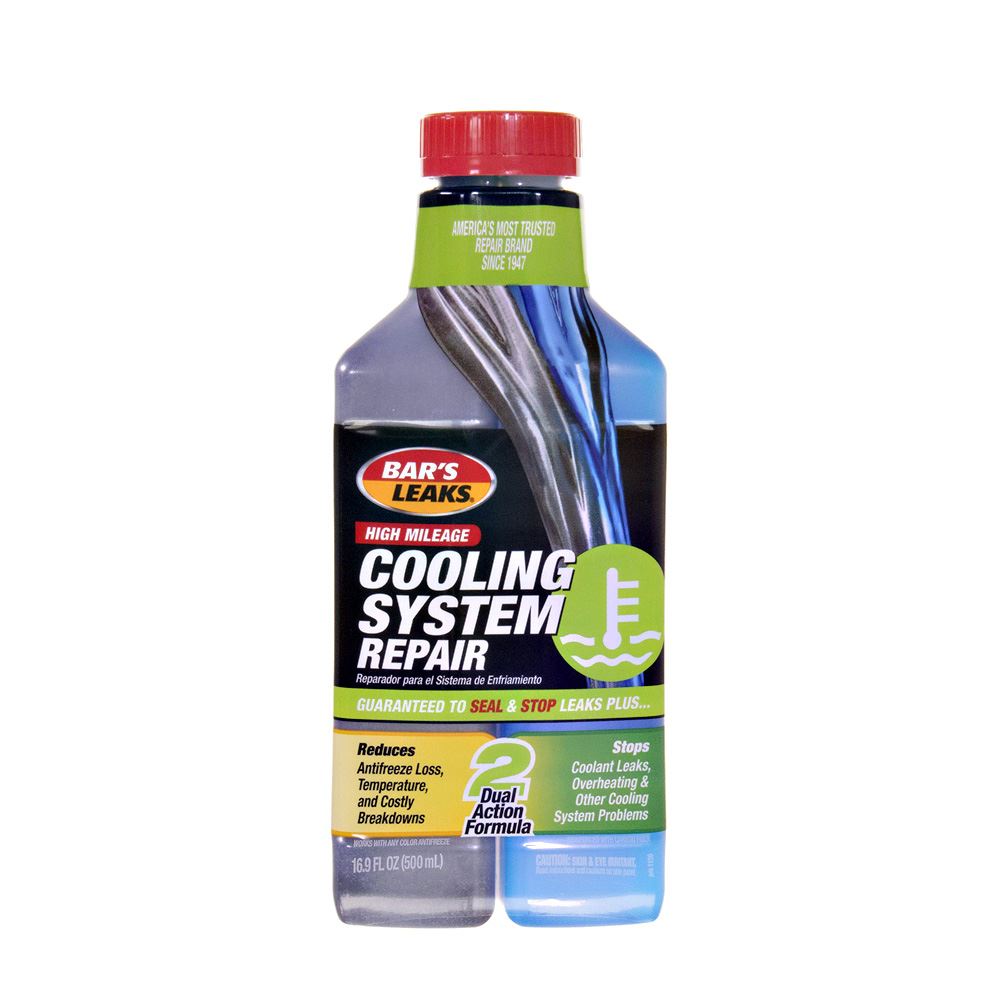

Place the container you will use to catch the flushed antifreeze underneath the drain.
Car coolant near me how to#
If your mechanic is trying to charge you more, or you’d rather take care of business yourself and save some cash, here’s how to flush your own radiator. Getting your radiator flushed by a mechanic should run you less than $40.
Car coolant near me manual#
If there are no other signs that you need to flush out your radiator, you should do it at least every 30,000 miles or according to your owner’s manual recommended schedule. Most agree that if you have a new car with less than 10,000 miles on it, there should be no need to do a radiator flush for at least a year. Some experts say every five years, some every three, some annually. Opinions vary on how often you should do your radiator flush. How Often Should You Perform a Radiator Flush? Other signs that an immediate radiator flush is necessary includes coolant leaking underneath your car, grinding or knocking engine noise, visible debris in your coolant and steam or an odd smell rising from your hood.
Car coolant near me full#
If your coolant level seems relatively full even though your engine has overheated, it is probably a good idea to flush the radiator. If your car overheats, for example, it often means that there is either a leak in your coolant system or that the coolant is contaminated in some way. Several signs may indicate that it is a good idea to get a radiator flush right away. How Do You Know When You Need a Radiator Flush?

If you flush the radiator but ignore any leaks, your engine is likely to overheat again shortly after the flush. If you do go to a mechanic for your radiator flush rather than doing it yourself, make sure the mechanic does a full cooling system inspection to find any leaks in the system that may need fixing. Additionally, if you use the right additives during your coolant flush, it can help prevent future leaks, foaming, corrosion and debris build-up. You want a full flush, a forced removal of anything old so you can pave the way for new fluid.īesides removing the used antifreeze from your radiator, other benefits to flushing your radiator can include removing the rust and scaling that has built up on the radiator as a result of the old coolant, as well as lubricating and lengthening the life of your water pump. Simply draining the radiator may get rid of most of the old antifreeze but could leave some coolant and contaminants behind, which would then mix with and pollute your new antifreeze and cause overheating. A flush involves forcing several gallons of cleaner, water and new antifreeze through the system to get rid of all the old antifreeze and the contaminants that may have built up in it. A coolant flush resolves this problem – it’s basically a blood transfusion for your cooling system. Over time, your radiator coolant can cause radiator corrosion, generating rust, scaling or other debris that you do not want in your car’s radiator or engine. While radiator coolant is very important, like most fluids running through a system, it can build up unwanted contaminants and collect debris over time. Car engines run hot, especially in warm weather, and without something to dissipate the excessive heat generated by the engine, your car can overheat and fail very quickly. Radiator fluid, better known as coolant or antifreeze, keeps your radiator cool, as you might expect. But is flushing the radiator really necessary, or is the service largely unnecessary? What does radiator fluid do, exactly, and when do you need your radiator flushed? What Does Radiator Fluid Do? If you take your car to the mechanic for scheduled maintenance/tune-ups, you have probably been told that you need a radiator flush.


 0 kommentar(er)
0 kommentar(er)
